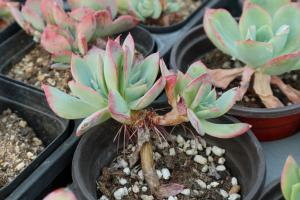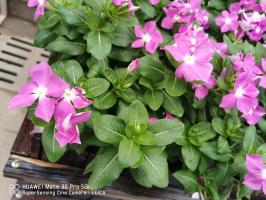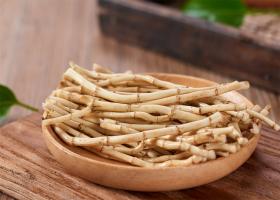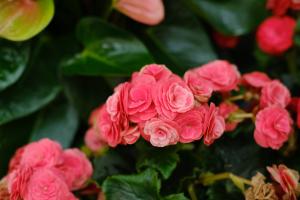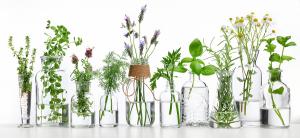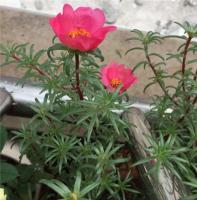What is the White Residue on My Plants Clay Pot?
If you are an avid gardener, you must be familiar with clay pots. They are a top choice when it comes to planting and maintaining flowers, herbs, and vegetables. But sometimes, you may have noticed a white residue on your clay pots which can be quite unsightly. In this article, we will discuss the reasons behind the white residue and how you can prevent it from forming.
The Reasons behind White Residue on Clay Pots
The white residue on your clay pots is also known as efflorescence. When water is absorbed by the clay pot, it dissolves the salts and minerals inside the pot. As the water evaporates, the salt and mineral deposits are left behind, forming a white crust. In addition to watering, several other factors can lead to efflorescence on clay pots, some of which are:
Dry air
Direct sunlight
High humidity
Excess use of fertilizers
Water quality
Preventing the Formation of White Residue
If you notice white residue on your clay pots, it is essential to take immediate steps to prevent further buildup. Here are some tips on how you can stop the formation of efflorescence:
Clean your clay pots regularly: Use soap and water to clean your clay pots to remove the buildup of minerals and salts.
Remove the soil from the pot: Empty the pot and remove any soil that may be causing the formation of white residue.
Use distilled water: Using distilled water helps to limit the buildup of minerals and salts.
Place the pot in a shaded area: Direct sunlight can be a contributing factor to the formation of efflorescence. Placing your clay pot in a shaded area can significantly reduce its occurrence.
Avoid over-fertilization: Over-fertilizing your plant can lead to an increase in salt buildup. Follow the correct fertilization guidelines and avoid using too much fertilizer.
Removing the White Residue from Clay Pots
If efflorescence has already formed on your clay pots, don't worry; there are many ways to remove it. You can use a mixture of white vinegar and water or lemon juice and salt to clean your pots. Scrub the pot with the mixture and rinse it with water.
Another solution is to use a commercial cleaner made specifically for cleaning clay pots. Follow the manufacturer's instructions to remove the white residue.
In Conclusion
The white residue on your clay pots is a common problem for gardeners. Factors such as water quality, sunlight, humidity, and over-fertilization can lead to the formation of efflorescence. However, by following some simple preventive measures, you can keep your clay pots free from white residue and ensure that your plants are healthy and beautiful.

 how many times do yo...
how many times do yo... how many planted tre...
how many planted tre... how many pine trees ...
how many pine trees ... how many pecan trees...
how many pecan trees... how many plants comp...
how many plants comp... how many plants can ...
how many plants can ... how many plants and ...
how many plants and ... how many pepper plan...
how many pepper plan...